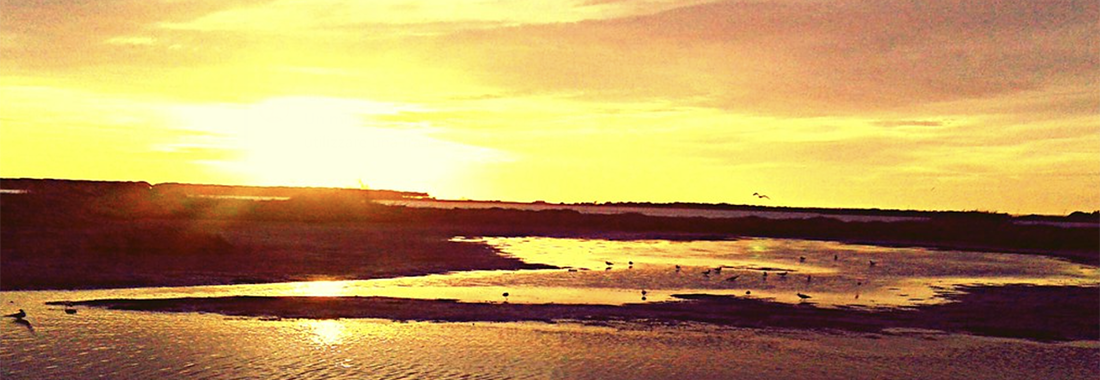"A bird, a beetle or a butterfly deserve the same fervent attention as a painting by Titian or Tintoretto, but we have forgotten how to look". That of the famous anthropologist Claude Lévi-Strauss is only one of the many thoughts dedicated over the millennia to the relationship between human beings and nature. Inspired by ancient prejudices, religious doctrines or science, curiosity and study have always focused on the mysterious facets of the relationship that links the human role and the biosphere.
Over the last twenty years, the growing interest in environmental issues has arisen from the awareness that the loss of biodiversity endangers the ecosystems. Man is the main cause of this constant process of deterioration. Pollution, deforestation, introduction of invasive alien species: every day we have before our eyes the spectacle of melting glaciers, of burning forests, environmental tragedies that might affect our common home irreversibly. One of the ways to closely observe the change in environmental balances, in large as in small scenarios, is the analysis of ecosystem services, the benefits provided by the environment to the human race: the supply of food and raw materials, the regulation of the cycle water and climate, the prevention of coastal erosion. And cultural services, eventually: spiritual enrichment, recreation and experiences that influence the values of the societies in which we live.
One of the activities of the MARISTANIS project is linked to the identification and enhancement of ecosystem services. In the following weeks, the MEDSEA Foundation, in charge of the Maristanis project, will conduct a survey to analyze the citizens' preferences for the cultural services provided by the Lagoon of S'Ena Arrubia in Arborea.
"For several decades, these methods have enabled us to associate economic value with non-market goods, such as environmental goods", explains Vania Statzu, environmental economist and coordinator of the TESSA Project within the MARISTANIS Project. "They became famous in 1989, when the US government asked a group of Nobel prizes to calculate the economic damage created by the Exxon Valdes tanker on the coasts of Alaska. The US government not only wanted to know the value of lost fish or the absence of tourists. Washington wanted to understand what the intrinsic value of this good was. The aim was to request compensation that would also take into account the value of the lost environmental good. Since then, in the United States, these methodologies are mandatory in the Cost-Benefit Analysis within the Environmental Impact Assessment procedures".
S'Ena Arrubia was chosen as a pilot site for the application of the TESSA analysis methodology, developed by BirdLife International to provide a practical guide on how to evaluate and monitor site-level ecosystem services. BirdLife International is a non-governmental organization committed to the protection and conservation of nature, bird species and the restoration and preservation of their habitats. For some time now the NGO has been working with MEDSEA in various activities related to the MARISTANIS project. In order to assign a value to the distinctive features of S’Ena Arrubia cultural services, a questionnaire that will be proposed to the citizens of Arborea has been prepared. The aim is to evaluate the sense of belonging to the place, the cultural heritage that the environmental good produces in the community, the appreciation of the beauty of the landscape, the improvement of mental health that citizens can benefit from if they respect the lagoon.
With the questionnaire the population will have the opportunity to help the MARISTANIS project to describe and determine the value of S’Ena Arrubia, to re-tie the threads that bind the wetlands not only to the already existing interaction, but to a conscious relationship with them. "In Italy these methods are little used. We are often told that it is unethical to give a price to the environment. We can also agree, "continues MEDSEA Statzu vice president. "But as long as there
is a price for destruction, we must also have a price for conservation, for the protection of beauty. A few months ago an African government sold an elephant to a hunter for 8 thousand euros. 10 thousand euros would have been enough to save his life, to protect an animal that has a function in the ecosystem and populates the traditions, art and dreams of African culture. So it is with our flamingos, our fish, our rush. Together we can show that preserving natural environments is an excellent investment, for our economy, for our inner well-being ".

